Interventional Nephrology
Interventional nephrology is a subspecialty of nephrology that focuses on using minimally invasive procedures to diagnose and treat various kidney-related conditions. It combines the expertise of nephrology (the study of kidney function and diseases) with interventional radiology techniques.
Interventional nephrologists are trained in performing procedures that involve accessing the blood vessels to diagnose and manage kidney diseases. They use image guidance, such as fluoroscopy or ultrasound, to guide their interventions.
Interventional nephrology plays a vital role in the management of kidney diseases by providing targeted and minimally invasive interventions. These procedures often result in reduced patient discomfort, shorter recovery times, and improved outcomes compared to traditional surgical approaches.
___
EVA | Endovascular Access Centers of America
3682 Utica Ridge Rd.
Bettendorf, IA 52722
(563) 279-1590
Interventional Nephrologist
Anjali Mathew, MD is a Board-Certified Nephrologist specializing in Interventional Nephrology. She completed her Nephrology Fellowship at the University of Iowa & Clinics, where she honed her clinical abilities and research acumen.
Anjali Mathew, MD further pursued training in Interventional Nephrology at Northwestern University, acquiring advanced techniques in performing minimally invasive procedures to manage kidney-related conditions.
Anjali Mathew, MD is also certified by the American Board of Internal Medicine, showcasing her comprehensive understanding of internal medicine and its subspecialties. She attained her certification from New York Wyckoff affiliate New York Presbyterian.
Throughout her career, Anjali Mathew, MD has demonstrated a strong commitment to her patients’ well-being, consistently delivering compassionate care and using her expertise to improve their quality of life.
With a patient-centric approach, Anjali Mathew, MD has built a reputation as a trusted and empathetic physician, earning the respect and gratitude of her patients and colleagues alike.
Procedures
DIALYSIS ACCESS MANAGEMENT
At EVA we maintain and preserve the access sites used for hemodialysis or peritoneal dialysis. Our dialysis access management includes monitoring, evaluation, and interventions to ensure optimal function and longevity of the dialysis access site, which may be an arteriovenous fistula (AVF), arteriovenous graft (AVG), or a peritoneal dialysis catheter.
ANGIOPLASTY
At EVA we treat narrowed or blocked blood vessels, typically arteries. Our treatment involves the use of a balloon-tipped catheter that is inserted into the affected blood vessel. Once in position, the balloon is inflated, widening the vessel and improving blood flow. Angioplasty is commonly performed to treat conditions such as coronary artery disease, peripheral artery disease, and renal artery stenosis.
FISTULOPLASTY
Fistuloplasty is a surgical procedure performed to repair or improve the function of an arteriovenous fistula (AVF) or arteriovenous graft (AVG) used for hemodialysis. It involves the use of various techniques to open and expand the narrowed or blocked area within the AVF or AVG, allowing for better blood flow and more efficient dialysis.
FISTULOGRAM
At EVA we use fistulogram diagnostic imaging procedure to visualize and assess the condition of an arteriovenous fistula (AVF) or arteriovenous graft (AVG) used for hemodialysis. It involves the injection of a contrast dye into the access site, followed by X-ray imaging. The fistulogram helps identify any blockages, stenosis, or other abnormalities within the AVF or AVG.
THROMBECTOMY
Thrombectomy is performed to remove a blood clot (thrombus) from a blood vessel. It is commonly used in the treatment of acute arterial occlusions, where a clot restricts or blocks blood flow.
TUNNELED DIALYSIS CATHETERS
A EVA we offer tunneled dialysis catheters. These are specialized catheters inserted into a large vein, typically in the neck or chest, for hemodialysis. These catheters have a cuff that secures them in place and a tunnel under the skin to prevent infection. Tunneled dialysis catheters provide temporary access for dialysis when other forms of vascular access (such as AVFs or AVGs) are not immediately available or suitable.
ENDOVASCULAR STENTS
At EVA we offer endovascular stents. These are small, expandable mesh-like devices inserted into blood vessels to provide structural support and maintain vessel patency. They are commonly used in angioplasty procedures. When the balloon is inflated during angioplasty, the stent expands and is left in place to keep the vessel open, preventing it from collapsing or re-narrowing. Endovascular stents can be made of metal or synthetic materials and are used to treat conditions like coronary artery disease, peripheral artery disease, and stenosis in various blood vessels.
VENOUS MAPPING
Venous mapping is a procedure that involves the systematic examination and visualization of the veins within a specific area of the body. It is typically performed using non-invasive imaging techniques to create a detailed map or image of the veins.
The purpose of venous mapping is to assess the size, location, and condition of the veins in order to determine their suitability for various medical procedures. It is commonly used in situations where accurate knowledge of the venous system is crucial, such as prior to surgery, during the planning of venous access procedures, or for the diagnosis and treatment of venous disorders.
The most commonly employed imaging modalities for venous mapping include ultrasound and venography. Ultrasound uses high-frequency sound waves to create real-time images of the veins, providing information about their diameter, depth, and blood flow. Venography involves the injection of a contrast agent into a vein, which is then visualized using X-ray imaging. This technique allows for the detailed examination of the veins’ structure and the identification of any abnormalities or blockages.
Venous mapping is particularly useful in situations where the veins may be difficult to locate or access, such as in patients with obesity, those with a history of intravenous drug use, or individuals with vascular malformations. By accurately mapping the venous system, healthcare professionals can plan and perform procedures more effectively, reducing complications and improving patient outcomes.
Contact EVA
We’d love the chance to help you feel better!


